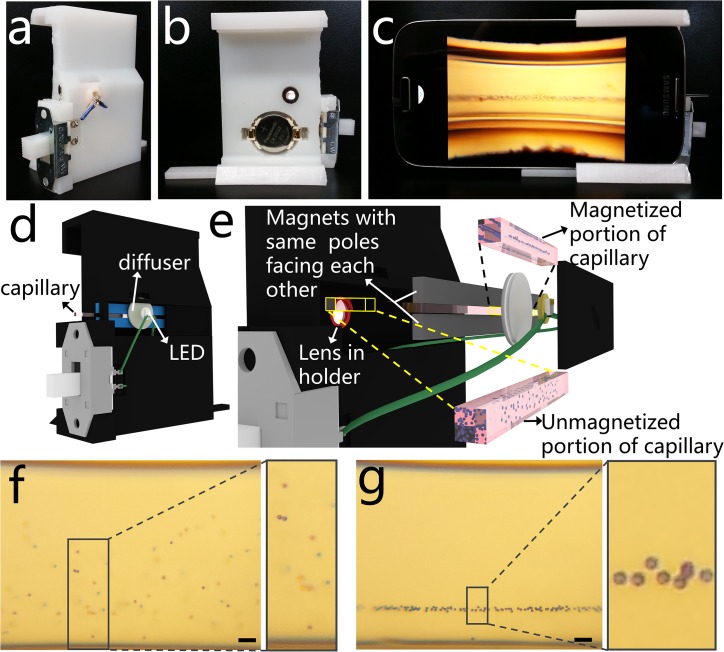Fig 1. A smart-phone attachable lightweight platform to separate micro-objects based on their densities.
(a-b) Front and back views of the 3D printed magnetic levitation platform. (c) Imaging of levitating microspheres using the smartphone camera and the 3D printed attachment. (d) 3D schematic diagram of the smart-phone attachment, where a disposable microcapillary filled with the sample is inserted from the side for imaging. (e) Magnified illustration of the platform showing the LED illumination, a ground glass diffuser, two rare-earth permanent magnets with the same poles facing each other, and 3D printed lens holder. Microspheres in the magnetic field are levitated and confined and those outside of the magnetic field are distributed randomly. (f-g) Captured image of 10 μm polystyrene microspheres (scale bar is 100 μm), (f) at t = 0 and (g) levitated and confined at equilibrium.

